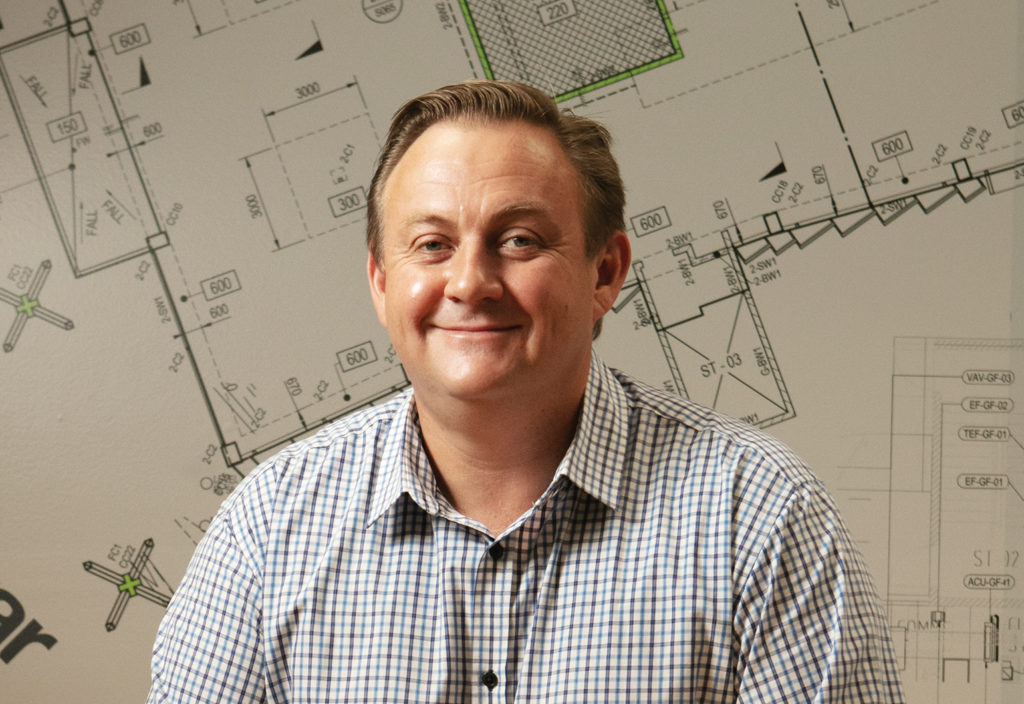Specialising in building services has put Simon Watkins FIEAust CPEng in charge of projects from the desert to the tropics.
There was no question for Simon Watkins when it came to pursuing engineering as a career.
“It’s almost in the blood,” he told create.
“My father and his grandfather were both engineers and with my strengths at school being the sciences and maths, it was just a natural choice really.”
Finding his particular area of expertise was a less obvious path. Watkins only became a heating, ventilation and air conditioning (HVAC) specialist when he arrived in Dubai, United Arab Emirates.
“I was shown my desk and I was shown, literally, a four-foot high pile of drawings in the corner of the room,” he says. “And they basically said to me, you are now the HVAC expert.”
Being in charge of air conditioning is an important job in the middle of the desert, and Watkins set about learning all he could.
“I was sort of a young, hungry engineer, and so I just took it and ran with it,” he says.
“The opportunities just developed from there.”
Dubai was a boom town at the time, and that meant, Watkins says that he “was working on major, major projects from the start”.
The experience set him up for just as substantial projects in the UK, including an extension of the Channel tunnel that links France and England.
Darwin, where he has lived for the past 13 years, might not be as big as London or Dubai, but Watkins is not starved for meaty projects.
“I’m lucky enough that, with Irwinconsult, I have worked on some of Darwin’s biggest projects this past decade,” he said of the firm at which he’s worked since 2011.
“We’ve just completed a brand-new 116-bed, $160 million new regional hospital that we did all engineering services for. And we’re currently engaged on the master planning and concept design for a new Charles Darwin University campus in the heart of the city.”
Watkins said he put off gaining Chartered status for a long time, but once he had begun the process, it came together quickly.
“I actually went from being not Chartered at all to Fellowship within six or seven months,” he said.
The market, he said, is increasingly demanding the accreditation.
“It’s becoming more and more important for winning major work,” he said.
“There are more and more people that actually want to see that an engineer has gone that extra step and become Chartered — and not just the engineer, but that the firm for which they work has Chartered engineers.”
Top tips for success
- Pursue working for the bigger firms at the start of your career — they often offer an accelerated career progression path.
- The only stupid question is the one you do not ask.
- Older and more experienced people do not expect you to know everything. Home in on people you have developed respect for and ask them questions.
Interested in learning more about the Chartered credential? You may already have what it takes to become Chartered. Find out more here and start your pathway to Chartered today.
